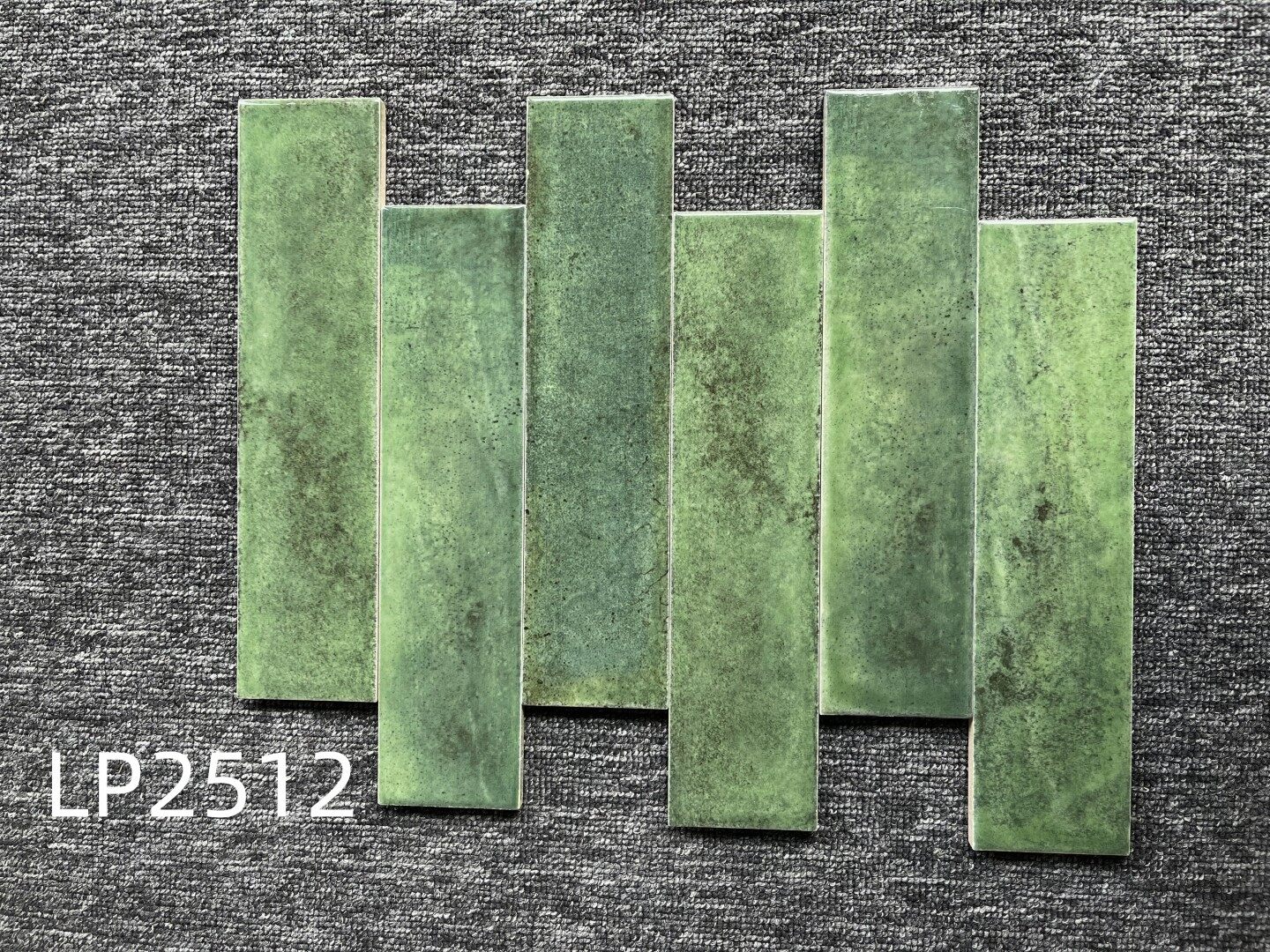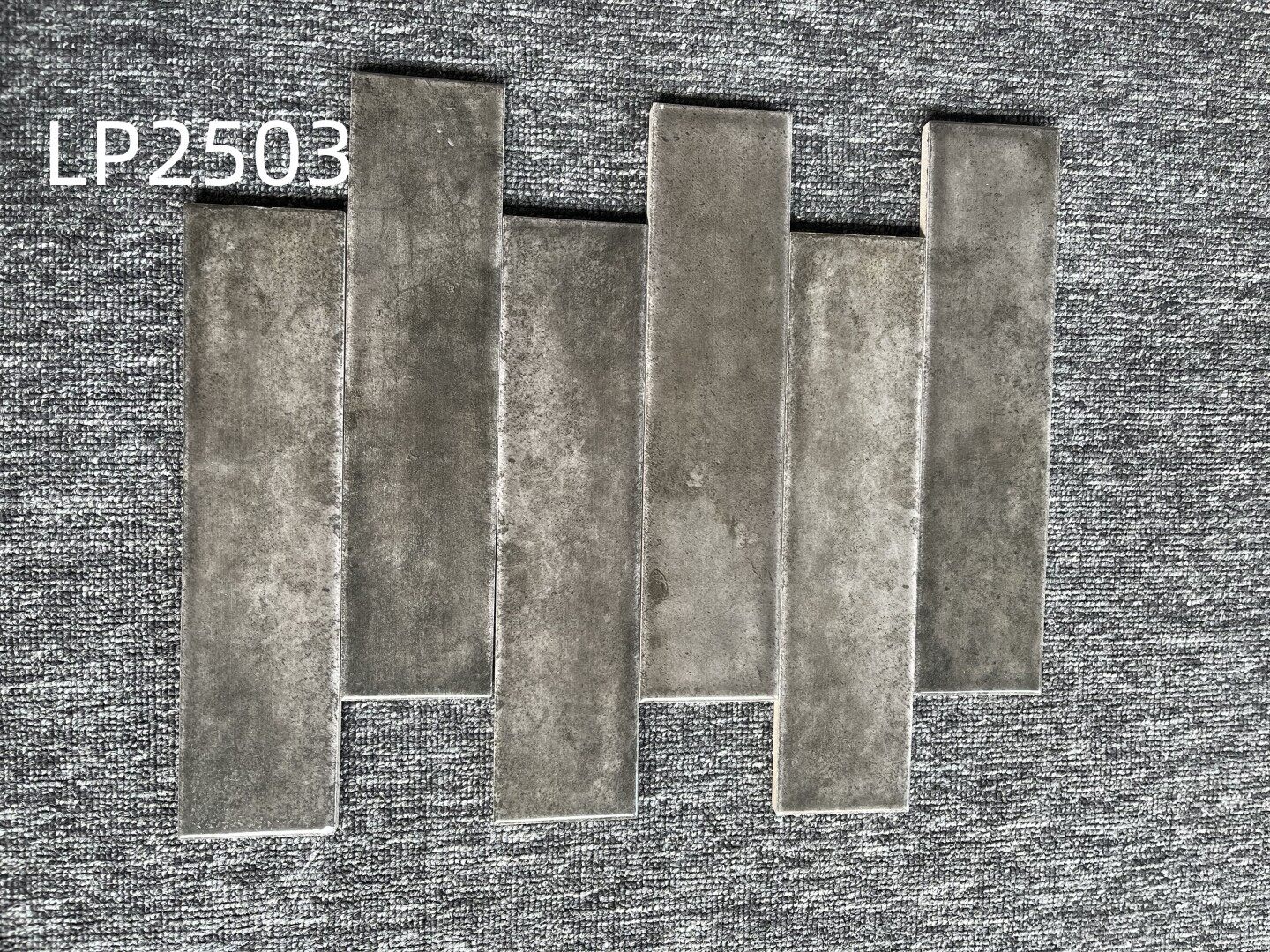Email format error
Email cannot be empty
Email already exists
6-20 characters(letters plus numbers only)
The password is inconsistent
Email format error
Email cannot be empty
Email does not exist
6-20 characters(letters plus numbers only)
The password is inconsistent

Porcelain tiles have become a popular choice for homeowners and builders due to their durability, aesthetic appeal, and versatility. Understanding the porcelain tile manufacturing process is crucial for anyone interested in the quality and craftsmanship of these tiles. This blog will delve into the step-by-step journey of how porcelain tiles are made, from raw materials to the finished product.
Introduction to Porcelain Tiles
Porcelain tiles are a type of ceramic tile, but they are made from finer, denser clay and fired at higher temperatures. This makes them harder, less porous, and more resistant to water and stains compared to regular ceramic tiles. The porcelain tile manufacturing process is intricate and involves several stages to ensure the tiles meet high standards of quality and durability.
Raw Material Selection
The first step in the porcelain tile manufacturing process is selecting the raw materials. High-quality porcelain tiles are made from a combination of natural clays, feldspar, and silica. These materials are carefully chosen for their properties:
- Clay: Provides plasticity and workability.
- Feldspar: Acts as a flux, reducing the firing temperature and melting point.
- Silica: Adds strength and hardness.
Each of these materials plays a crucial role in the overall quality of the final product.
Material Preparation
Once the raw materials are selected, the next stage in the porcelain tile manufacturing process is material preparation. The materials are crushed and ground into a fine powder. This is achieved through a series of milling operations that ensure the powder is homogeneous. The fineness of the powder is critical as it affects the texture and density of the final tile.
Mixing and Forming
The finely ground materials are then mixed with water to form a slurry or slip. This slurry is then fed into spray dryers, where it is transformed into a fine, dry powder with a specific moisture content. This step ensures that the material has the right consistency for forming.
There are several methods for forming the tiles, including:
- Pressing: The most common method, where the powder is pressed into molds under high pressure to form the tiles.
- Extrusion: Used for creating tiles with specific shapes and sizes.
- Casting: Less common but used for intricate designs and patterns.
Each method in the porcelain tile manufacturing process has its advantages, and the choice depends on the desired characteristics of the final product.
Drying
After the tiles are formed, they undergo a drying process to remove excess moisture. This is a critical step, as any remaining moisture can cause defects during firing. The tiles are placed in drying chambers or kilns, where they are gradually heated to remove water content. Proper drying ensures the tiles maintain their shape and integrity.
Glazing
Glazing is an optional but common step in the porcelain tile manufacturing process. A glaze is a glassy coating applied to the surface of the tile to provide color, texture, and protection. The glaze is typically applied to the tile surface by spraying, dipping, or pouring. It can be either glossy or matte, depending on the desired finish.
Types of Glazes
- Transparent Glaze: Enhances the natural beauty of the tile body.
- Opaque Glaze: Provides a uniform color and hides any imperfections in the tile body.
- Textured Glaze: Adds patterns or textures to the tile surface for decorative effects.
The choice of glaze depends on the intended use and aesthetic preferences.
Firing
Firing is one of the most critical stages. The tiles are fired in kilns at temperatures ranging from 1200 to 1400 degrees Celsius. This high-temperature firing vitrifies the tile body, making it dense, strong, and impervious to water. The firing process can be divided into two stages:
- Biscuit Firing: The first firing that hardens the tile body.
- Glaze Firing: The second firing that melts the glaze and fuses it to the tile body.
The precise control of temperature and firing time is crucial to ensure the quality of the final product.
Quality Control
Quality control is an integral part. Tiles are inspected at various stages to ensure they meet the required standards. This includes checking for:
- Dimensional Accuracy: Ensuring the tiles are of the correct size and shape.
- Surface Quality: Checking for defects such as cracks, chips, or uneven glazing.
- Color Consistency: Ensuring uniform color throughout the batch.
- Strength and Durability: Testing the tiles for resistance to breaking, scratching, and water absorption.
Any tiles that do not meet the quality standards are rejected or reprocessed.
Finishing and Polishing
For tiles that require a polished finish, an additional step is necessary. The tiles are polished using abrasive wheels to achieve a smooth, glossy surface. This step enhances the appearance of the tiles and makes them easier to clean.
Packaging and Distribution
The final step is packaging and distribution. The tiles are carefully packed to prevent damage during transportation. They are then distributed to retailers, wholesalers, or directly to customers.
Environmental Considerations
The manufacturing process has an impact on the environment, and manufacturers are increasingly adopting sustainable practices to reduce this impact. These practices include:
- Recycling: Reusing waste materials and water in the production process.
- Energy Efficiency: Using energy-efficient kilns and machinery.
- Emission Control: Implementing measures to reduce air and water pollution.
By adopting these practices, manufacturers can produce high-quality tiles while minimizing their environmental footprint.
Innovations in Porcelain Tile Manufacturing
The manufacturing process is continuously evolving with advancements in technology and materials. Some recent innovations include:
- Digital Printing: Allows for high-resolution, custom designs on tiles.
- Large Format Tiles: Improved production techniques for larger tiles.
- Enhanced Durability: Development of tiles with superior hardness and resistance.
These innovations are driving the industry forward and expanding the possibilities for porcelain tile applications.
Conclusion
The porcelain tile manufacturing process is a complex and meticulous journey that transforms raw materials into beautiful, durable tiles. Each stage, from material selection to finishing, plays a crucial role in ensuring the quality and performance of the final product. Understanding this process not only helps in appreciating the craftsmanship involved but also informs better choices when selecting tiles for various applications.
Whether you are a homeowner looking to renovate your space, a builder seeking reliable materials, or simply someone interested in the manufacturing processes behind everyday products, the porcelain tile manufacturing process offers a fascinating insight into the world of ceramic artistry. As technology and sustainability practices continue to evolve, we can look forward to even more innovative and eco-friendly porcelain tiles in the future.